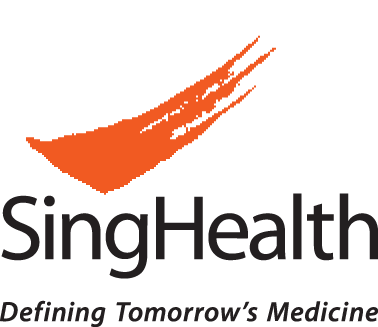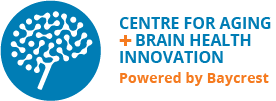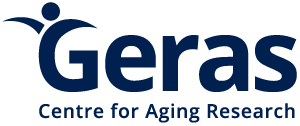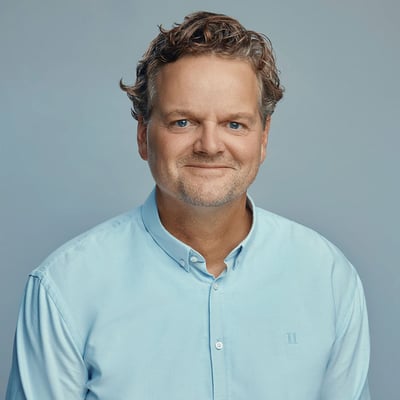Dear Dr. Mileder,
Prof. Pichler and
Dr. Schüttengruber
Thank you for the insightful conversation and for taking the time a couple of weeks ago.
I’ve prepared an overview to support your department discussions.
At the bottom of the page, you’ll find our thoughts on neonatal development 🧑🏼🍼
LYNG supports nurses and enhances patient care.
The system helps you focus resources where they are needed most..
Monitoring of vital signs:
- Movement and mobility
- Heart rate
- Respiration
- Temperature
- Blood pressure
- Oxygen saturation
Benefits for Healthcare professionals in
Post-op and Nurse-science:
Improved patient care:
- Improved patient care: Early identification of deterioration signs enables proactive interventions, reducing the risk of complications.
- Operational efficiency: Automated data collection minimizes manual tasks, allowing staff to focus more on direct patient care.
- Enhanced communication: Real-time data sharing facilitates better coordination among healthcare teams, ensuring continuity of care during shift changes.
Prevention of Pressure injuries and Mobility issues:
- LYNG enables continuous care adjustment using real-time data, allowing staff to implement pressure-relief measures and targeted mobilization quickly. This reduces the risk of complications in bedridden patients, including those with COPD or COVID-19.
- The system even supports patients receiving treatment at home by ensuring high-quality care and peace of mind.
Reduction of manual tasks:
- Automated data collection, such as respiration and heart rate, minimizes the need for repeated manual measurements. This frees healthcare staff to focus on critical tasks like treatment and care.
- At the same time, documentation happens automatically and accurately, ensuring up-to-date patient records and reducing the risk of errors—significant for patients with complex needs, such as those with COPD and COVID-19.
Stress reduction:
- Simplified monitoring and automated documentation reduce stress, giving healthcare staff more capacity to handle tasks effectively with precise alerts and mobile access to patient data and tasks.
- The user-friendly sharing of real-time data strengthens team communication, ensuring that shift changes happen with a clear and updated understanding of the patient’s condition.
Improved communication and coordination – “Hospital at Home”:
- Remote monitoring for patients receiving treatment at home provides healthcare staff with the same precise data, making care more cohesive and reassuring to patients and their families.
For hospital administration:
Operational efficiency:
- Automated data collection: Eliminates the need for manual data entry, reducing the risk of errors and saving time for staff.
- Improved workflow: Streamlines processes such as monitoring, documentation, and coordination, enabling healthcare staff to work more efficiently and focus on patient care.
Cost savings:
- Reduced length of stay: Prevents complications and optimizes bed utilization.
- Fewer readmissions: Early detection reduces the likelihood of readmissions.
- Optimized resource allocation: Saves on overtime and staffing costs.
Compliance and legal:
- Accurate documentation: Ensures compliance and legal protection.
- Improved reporting: Simplifies compliance and audit processes..
Economic benefits:
-
As a small example of the economic advantages (e.g., with 24 beds), you can see detailed time savings in our Calculator further down on the page.
Plan for pilots and project
I would love to set up a meeting with your contact from Post-Operation and Gerhilde from Nursing Science.
Typically, preparing and launching a pilot project takes 1-2 months.
I’d be happy to discuss how we can tailor the process to fit and ensure a smooth implementation.
Meeting online and talk about potential pilots
Aligning with ward and nursing staff.
System test and Go-Live for the Pilot Project
15 hours – every day
At Schrobenhausen Hospital in Germany, nursing staff spend more than 15 hours each day collecting patients' vital signs, recording weight, and documenting mobility.
They have 34 beds.
That's 15 hours not spent on treating patients.
“Automating the repetitive and frequent tasks would have a huge impact on both staff and patient well-being, as well as on the hospital’s finances and administration.”
Shahram Tabrizi
Chief physician for emergency geriatrics, Schrobenhausen Hospital
Next step in your Neonatal department
I have talked about this with the organization, and we would like to explore the potential of creating a specialized mat and system for your unique needs.
We propose to name it “Milena.” :-)
We are also applying for funding for this project:
"Innovation project for the business sector"
This project will be further developed and assessed once we have secured the medical approval for Class 2B certification.
We expect this to happen during Q2 / Q3.
This will ensure that the project meets the highest safety and performance standards before proceeding, and we will have the resources to focus on it.
Simple follow up meeting
Do you think we should do a follow-up and talk about the above?
What are we looking for?
Together, we can determine if there is something specific we are looking for in our pilot project.
Anchoring within your organization/Assign a project owner
To ensure success, it is essential to have someone on your team who “owns” the project. Therefore, you should designate a project manager with whom I can maintain close and ongoing communication.



Partner with us
Join us as a key partner on our journey to revolutionize healthcare technology. Together, we can shape the future of patient care.
Calculate your potential time savings
Time saved on vitals acquisition
Time saved on weight recording
Time saved on weight recording (admission)
Time saved on documenting mobility
The calculations are based on pilot projects from German hospitals and based on the following routines:
- Typical vitals are recorded once per shift (2 shifts/day) - taking 8 minutes/patient
- Weight is measured once per day - taking 4 minutes/patient
- Weight is also measured upon admission - taking 5 minutes/patient
- Mobility is documented once per shift - taking 3 minutes/patient
Hours saved per week
Would you like your calculated results skipped to your inbox?
Hand us your name and email address and we will send them right away.
Contact information
If you have any questions or need anything, feel free to reach out to me:
Email: christian@ablymed.com
Phone: +45 20 86 95 40
Kind regards
Christian Bennike
Partnerships and Relations



